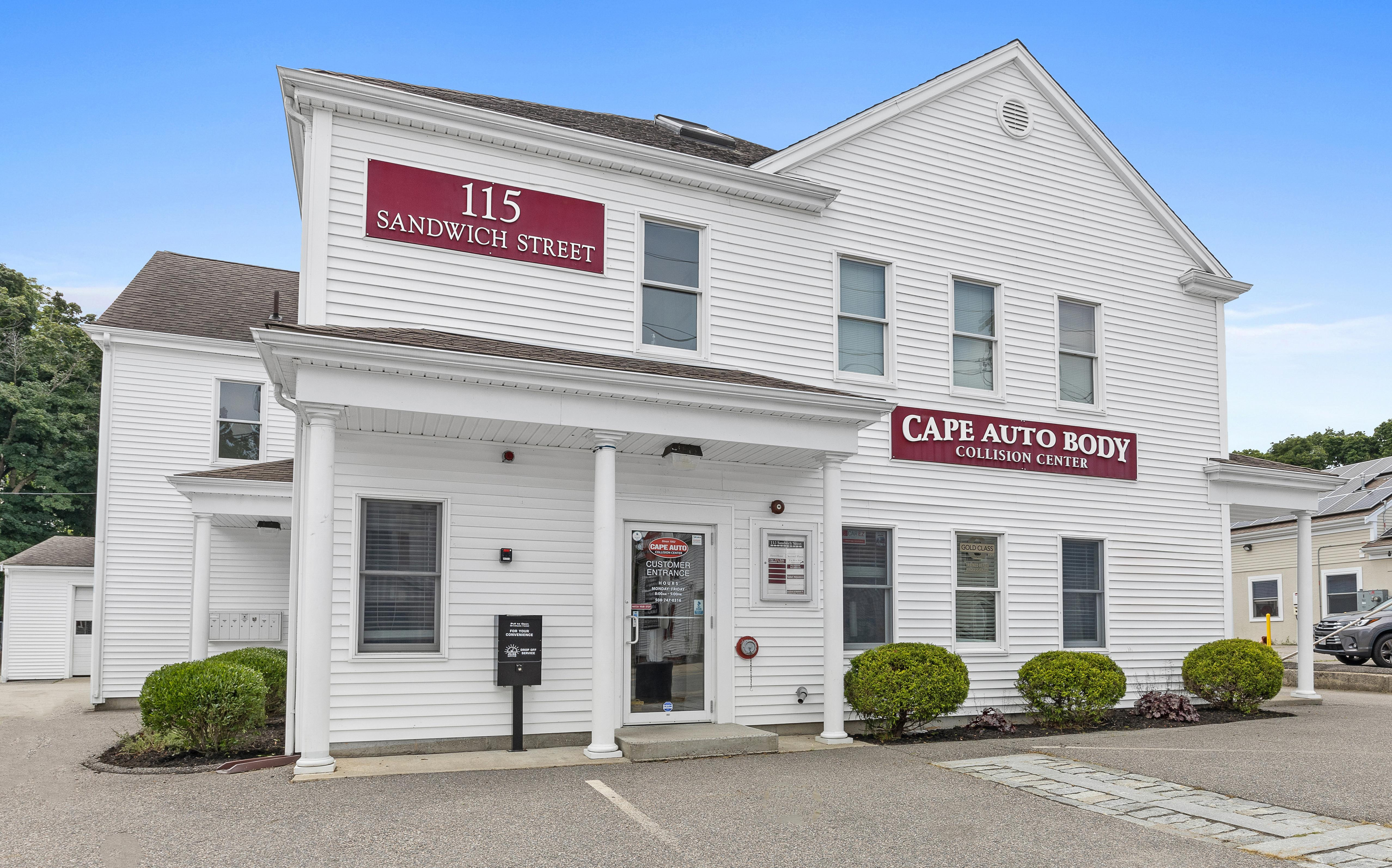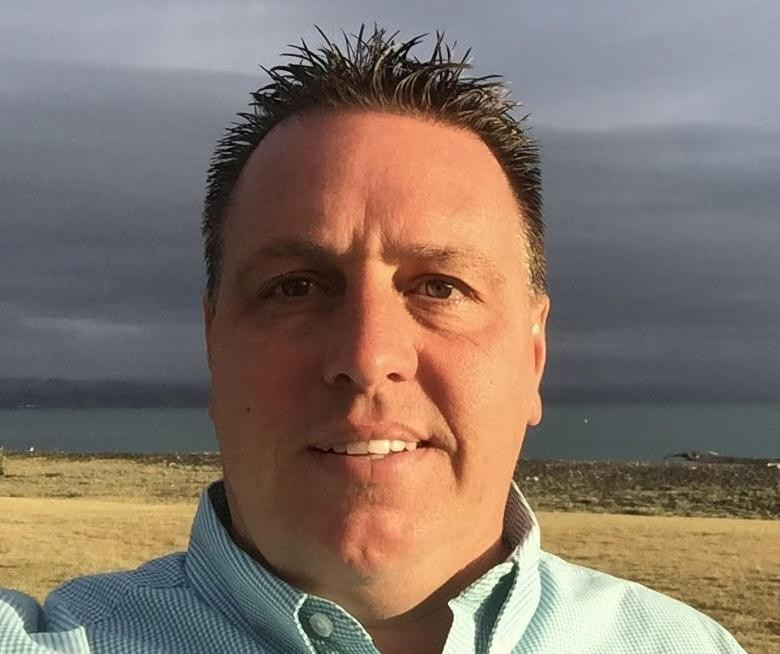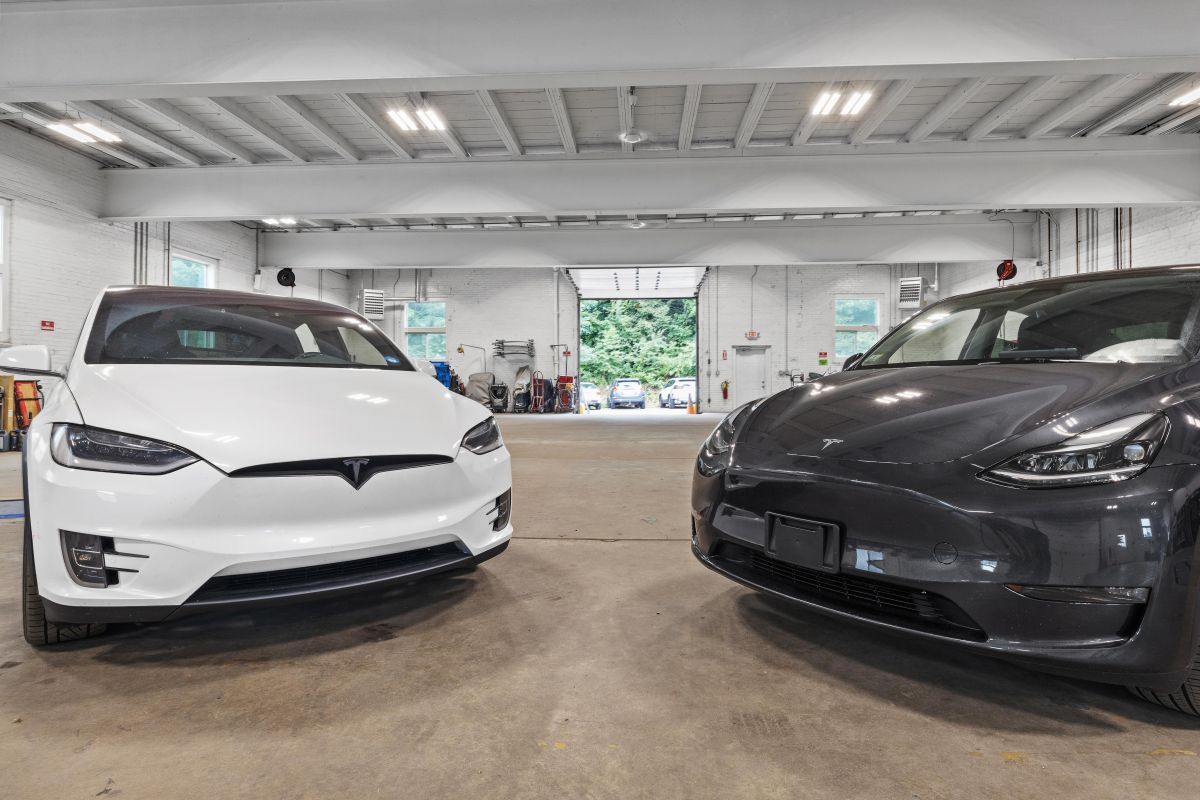As electric vehicles (EVs) become increasingly prevalent, body shops must adapt to new repair standards, advanced technology and stringent OEM requirements. Tesla in particular enforces a rigorous certification process to ensure its vehicles are repaired to factory specifications.
Two shop owners -- Kevin Gallerani of Cape Auto Body Collision Center and Chris Recker of Advantage Autoworks -- offered Autobody News their perspectives on becoming and remaining a Tesla-certified repair facility.
A Calculated Investment
Gallerani, fourth-generation owner of Cape Auto Body Collision Center in Plymouth, MA, has spent more than the last decade managing the family’s body shop. The 42-year-old master’s degree holder oversees a facility with more than 40 bays and a team of 10 body shop technicians, including two painters. His business, which has been in operation for more than 70 years, prides itself on maintaining high standards, holding 23 OEM certifications and offering a lifetime paint warranty.
 Cape Auto Body Collision Center in Plymouth, MA.
Cape Auto Body Collision Center in Plymouth, MA.
Despite Cape Auto’s well-established reputation, Gallerani had to turn away Tesla owners seeking repairs in the beginning.
“Tesla’s technology has grown significantly, and people love them,” he said. “I got tired of sending friends to other shops, so in 2024, I made the investment.”
That investment was substantial. Gallerani and his team completed 40 online courses and sent four technicians to Craig Van Batenburg’s ACDC EV Training course in Worcester, MA. The transition paid off, bringing in steady revenue and increasing their ability to service high-end vehicles. Today, Cape Auto repairs eight to 10 Teslas per month.
According to Gallerani, one of the primary challenges of working on Teslas is the lack of a traditional parts distribution network. “Tesla ships all its parts through the mail, so we have to plan,” he said. “They also change things frequently -- like their headlights, which now require Global certification. It keeps us on our toes.”
EVs present unique challenges due to their electrical architecture and weight. While Tesla operates on a 400-volt system, older EVs like Toyota’s electric lineup use 800 volts.
“The process isn’t much different,” Gallerani said. “We shut them down and do the work.”
However, working on EVs requires specialized safety measures, including insulated gloves, high-weight-rated lifts, and even an emergency shepherd’s hook for electrocution risks.
Gallerani’s investment in Tesla equipment exceeds $200,000, including a $40,000 spot welder, a $15,000 MIG welder and Tesla-specific toolkits.
“If you have the tools and a strong market for EV repairs, go for it,” he said. “We’re learning a lot with Teslas, and I plan to invest in some loaner cars to enhance customer service.”
A Smart Investment for Advantage Autoworks
Recker, owner of Advantage Autoworks in North Richland Hills, TX, has been in the collision repair industry since 1990. He began working on Teslas around 2018 when a customer requested repairs, but his shop officially became Tesla-certified between 2019 and 2020. Tesla work now accounts for roughly 25% of his monthly revenue, generating around $500,000.
 Chris Recker.
Chris Recker.
Recker acknowledges both the challenges and benefits of Tesla certification.
“The biggest challenge is finding qualified technicians,” he said. “Tesla has its training programs, but body techs tend to be transient. They move around a lot because there’s such high demand.”
Tesla certification also requires a hefty financial commitment. “I’ve invested between $250,000 and $300,000 in equipment,” Recker said.
Regarding Tesla’s support system, Recker shared that while most communication is done through a general email inbox, responses can sometimes take longer than expected. However, he acknowledged “some much-needed changes have been made, and new ones are being implemented to help improve communication between the shops and Tesla, which is good for all involved.”
As for labor rates, Recker said Tesla does not regulate what independent shops charge.
“Rates vary greatly depending on what each insurance company is willing to pay. What we charged without resistance five years ago is now much harder, if not impossible, to get some insurance companies to approve,” he said. “We quit doing work for some insurance companies, which led to a smaller repair count per month. We are considering a rate cut to increase volume but are still weighing the pros and cons.”
Recker also noted that certified Tesla shops must use only new Tesla parts, which he considers a positive policy for repair facilities. However, he explained, “Some insurance companies are only willing to pay for aftermarket parts if available, leaving customers to cover the difference out of pocket.”
He emphasized the importance of following Tesla’s guidelines, as using non-OEM parts could void warranties and hold the repair shop legally responsible.
The Future of Tesla-Certified Repairs
Gallerani and Recker agree that Tesla repairs require a significant financial investment, specialized training and adaptation to ever-changing OEM policies.
For Gallerani, Tesla certification has been a profitable expansion that aligns with his shop’s commitment to high-end vehicle repairs.
“If you have the tools and demand, it’s worth it,” he said. “EVs are here to stay, and the more we work on them, the better we get.”
For Recker, he believes Tesla certification has been beneficial.
“Although there are learning curves along the way, the Tesla certification has been a great addition to our annual revenue and has boosted our image as a high-quality repair facility,” he said.
Tesla certification comes with unique opportunities and hurdles. Still, for shops willing to invest in training, equipment and ongoing adaptation, it offers a pathway to staying competitive in the rapidly evolving EV repair landscape.














Leona Scott